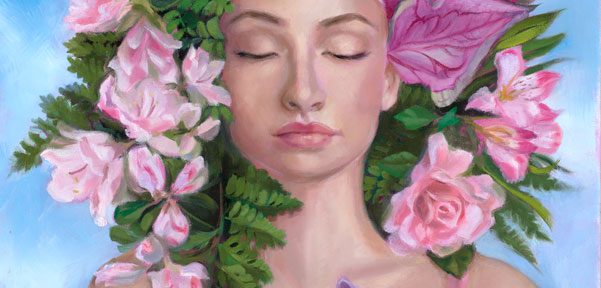This has been a hot topic lately in the social media sphere. I suspect the stressors of the last couple of years have built up and made many artists feel…. blah. Fidgeting? Uninspired? Gloomy or frustrated? Is this you right now? There is a way to solve it!
All artists and creators hit up against exhaustion. It’s part of being human. How do you get over your creative block? It depends. There are many different reasons to be creatively blocked and many types of block. Below I will break down three common types I know well and how to fix them. Rest assured: Creativity is like a muscle. You can practice being creative and it does get easier to slide into the mindset where you can make art. It is not a divine spark of luck that you have no control over. You can cultivate and strengthen your ability to plug into your creativity!
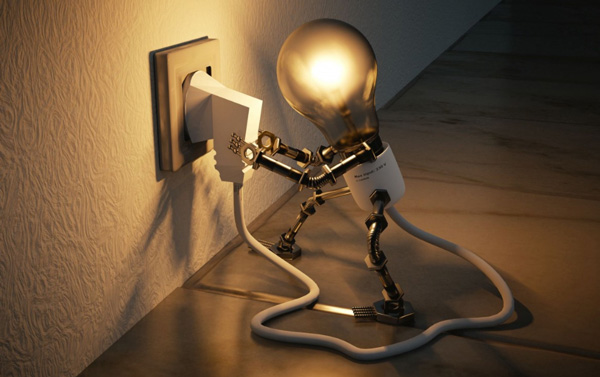
CAN’T GET STARTED
Today you go to your easel, and you feel like you know exactly what you should be working on, but you are delaying the start. Suddenly you feel like cleaning your paintbrushes, tidying up, getting lost on Instagram or Facebook for a half hour of more, etc… any form of procrastination you can find will do the trick, allowing you to avoid starting your art project!
You may be suffering from the inability to settle down – perhaps it is fear, or maybe you are full of fidgeting energy. Either way, your brain is usually not quiet enough when you feel those urges.
WHAT TO DO:
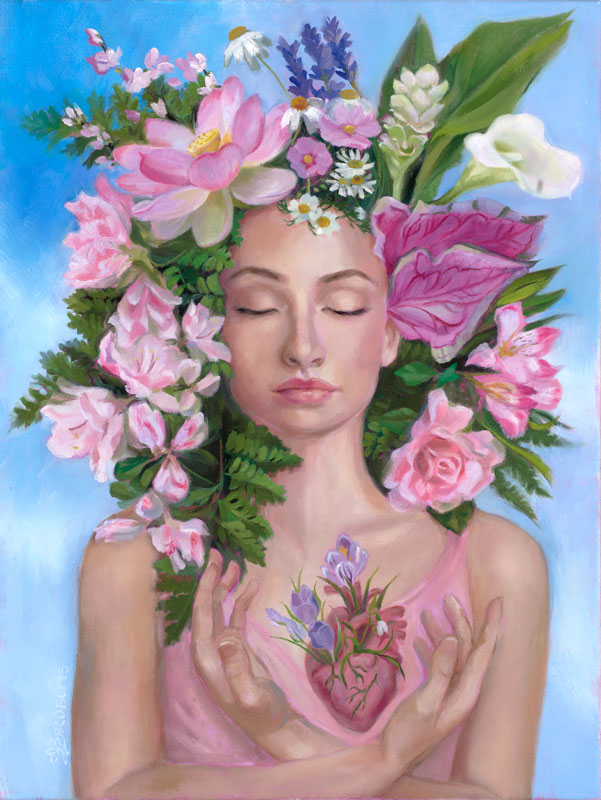
(Blossoming by Wendy Roberts, 18 x 24, oil on canvas)
- Take some deep breaths or pull up a 5-minute meditation on YouTube to get your mind into a quieter state. You can physically stretch to release some of the tension. It doesn’t take long.
- Use distraction: Listening to a podcast, a book, or music sometimes helps me. If I feel lonely or anxious from the lack of human contact that inherently comes with a studio practice, (sometimes the studio can get too quiet!) then hearing a human voice helps the most.
- Listen to mood-changing music depending on what you need. If you are tense, try soft music, if you are feeling down or like your energy is gloomy or lackluster, try upbeat music.
- Set up a ritual that you perform every time you are going to start making art: Make a favorite beverage (something that is consistent), set our your brushes and palette the same way each time, set up a sound cue – play music or a podcast every time to send a signal that it is time to start. Put on an apron or comfy clothing that you only wear when you paint. Use your senses to teach your body so that it expects creation.
OUT OF IDEAS
Perhaps you have been fine lately, but today when you go to the easel, you are stuck and you don’t even know what you want to work on. This is a drying up of ideas, a lack of motivation. You try to put the paintbrush to canvas, but you don’t feel anything.
- The easiest fix: leave the studio for a while. Take a walk, or pull some weeds, do a load of laundry, and then try again when your mind is clear. Take the pressure off, and do something that is highly automatic so that your mind becomes free from whatever is tethering you. After an hour’s break, you are often more easily able to come up with ideas.
- Look through some art history books from your favorites or look at images online. Pinterest can be helpful for this, or Google Art Project. Pin or save out some of your favorite images so that you can see them together. Try to identify patterns in what you are selecting. Choose an element you love, and use it to make a work of your own. In an example from my own life, I noticed I had 10 images of women in long white dresses on the beach in my favorite images, so I ordered calf-length white sundresses for my daughters and took them to the beach as inspiration for a painting.
- Journal it out. Is your brain rebelling – stuck in a loop and thinking only the most gloomy or worrisome thoughts? Write it down. After you write or type it out, you can save it, rip it up, erase it, delete it, or throw it away… it is the writing itself that is valuable because it gives you clarity. Once those circling thoughts are exposed to the light of rational thought, out on paper or a screen, they lose the power to control you by cycling endlessly. For me, it feels like my brain is trying to stubbornly remember these types of thoughts, as if it is afraid to forget negative emotions in case it subverts my chances for survival. When I write things down, I can let go. I feel so much better!
- Talk to a close friend or family member about whatever is bothering you if you aren’t feeling like you solved it with your journaling. Sometimes a sounding board helps get you past the doldrums.
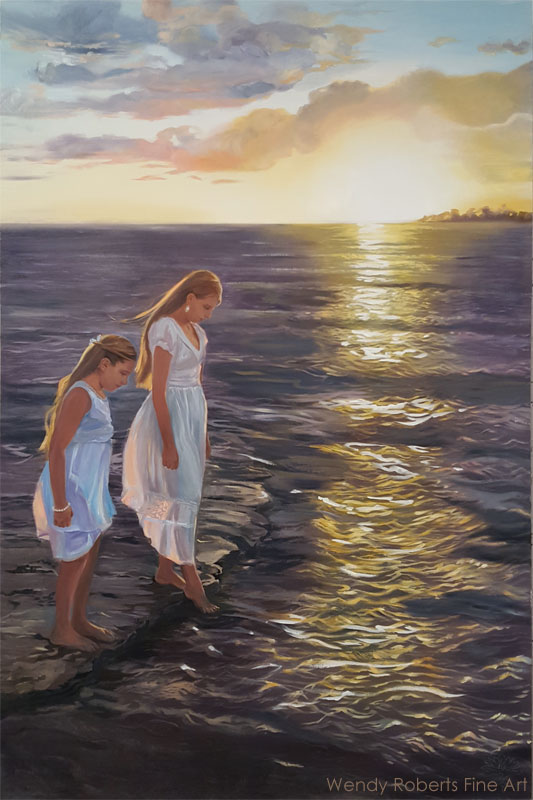
Sisters by Wendy Roberts, 24 x 36 inches, oil on wood panel.
LONG TERM BLOCK
For anything you can’t conquer with the above lists, I strongly recommend working your way through The Artist’s Way by Julia Cameron. You can buy it in many places new or used, digital or physical. I have no affiliation at all with the book other than appreciating it for being so helpful to me.
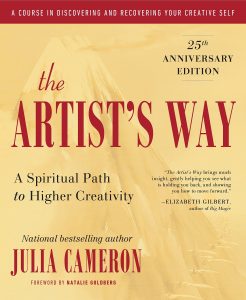
For significant pervasive creative block, there are always some deep issues to work through. You might be feeling unappreciated, worried, afraid, discouraged, or any number of other negative emotions that have a variety of root causes. It could be anything: harsh unfair criticism long ago, the recent death of a family member, the fear of never being good enough, or a constant source of stress that might be tying up your thought processes. There’s a million things that can lurk in the back of your mind, tripping up your ability to be effective at the easel. This book teaches you how to identify the sources of your problems and then work through these types of issues. There are almost countless exercises and techniques that are listed in the book and they are sure to help with your particular personal setbacks.
I have worked my way through the book three times. Each time, the issues I faced were different, but the answers were in the exercises.
You don’t have to suffer the frustration of creative block anymore! Be patient and caring to yourself as you work your way through it. This too will pass!
